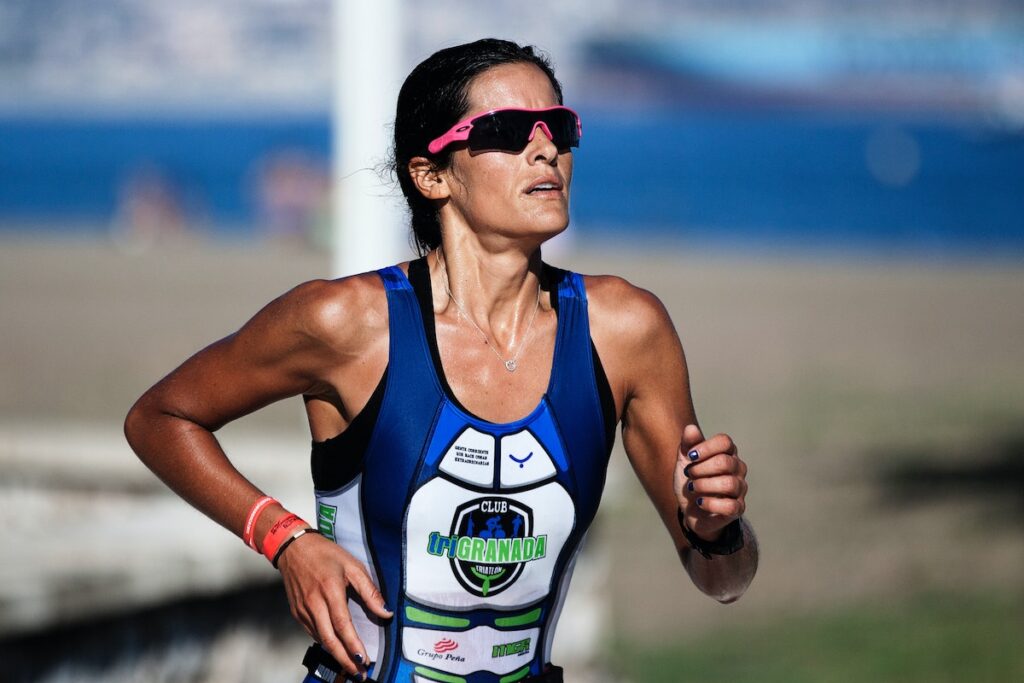Despite the growing popularity of sport for girls, there are still barriers to participation that need to be addressed. Some of these barriers include:
- Lack of access: Girls in some communities may not have access to sporting facilities or opportunities, or may face financial or logistical constraints that limit their ability to participate.
- Social stigma: Some girls may feel that sport is not for them, or may be discouraged by cultural or societal norms that emphasize traditionally feminine activities or interests.
- Lack of role models: Girls may be less likely to participate in sport if they don’t see other girls or women actively participating and succeeding in sport.
To encourage girls’ participation in sport, it’s important to address these barriers and provide support and resources to help girls overcome them. This includes creating accessible and inclusive sport programs, promoting positive images and role models in sport, and supporting girls in their efforts to participate and succeed in sport.
When do girls stop playing sport
The age at which girls stop playing sport can vary depending on several factors, including personal interests, life events, and access to opportunities. However, studies have shown that many girls tend to drop out of sport during the teenage years, often due to a combination of social, cultural, and physiological factors.
Some of the common reasons that girls stop playing sport include:
- Lack of support: Girls may feel unsupported by their peers, coaches, or family, which can discourage them from continuing to participate in sport.
- Body image concerns: As girls enter puberty, they may become more self-conscious about their bodies, which can impact their confidence and lead them to stop participating in sport.
- Other interests: As girls mature and develop new interests and priorities, they may choose to redirect their time and energy away from sport and towards other pursuits.
- Limited opportunities: Girls may face limited opportunities to participate in sport, due to factors such as the availability of programs and facilities, or the lack of female role models and leaders in sport.

How can you get your daughter involved in sport
To help prevent girls from dropping out of sport, it’s important to provide support and resources that help girls overcome these barriers and continue to participate in physical activity and sport. This includes promoting a positive body image, providing opportunities for girls to participate in sport, and creating supportive and inclusive environments that encourage girls to stay active and engaged in sport.
To get more girls to participate in sport, there are several strategies that can be effective:
- Encourage a positive body image: Promote a positive and inclusive view of physical activity and sport, and help girls understand that participating in sport can have a positive impact on their physical and mental health.
- Provide accessible opportunities: Ensure that girls have access to sporting programs, facilities, and equipment that are safe, affordable, and inclusive.
- Foster a supportive environment: Create environments that are welcoming and supportive, where girls feel comfortable participating and can build positive relationships with their peers and coaches.
- Promote female role models: Highlight the achievements of female athletes and provide opportunities for girls to meet and learn from female role models in sport.

- Focus on fun and skill development: Make sure that girls have opportunities to participate in sport that are both enjoyable and challenging, and that help them develop their athletic skills and abilities.
- Address any cultural or societal barriers: Be mindful of any cultural or societal factors that may discourage girls from participating in sport, and work to break down these barriers and promote inclusivity.
By implementing these strategies and creating an environment that supports and encourages girls to participate in sport, it’s possible to get more girls involved and help them experience the numerous physical and mental health benefits of sport.

